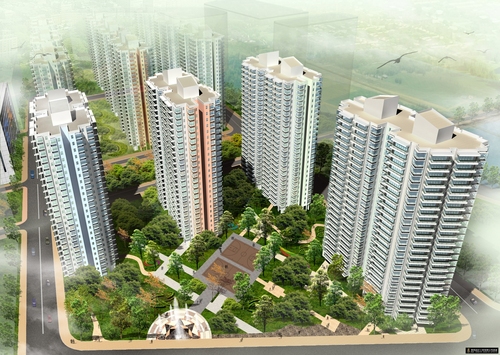The light rail transit (LRT) in Macau has taken so long to progress that the Seac Pai Van housing complex was started later and finished before the Taipa line is even operational.
Is this the only justification for the connection to Seac Pai Van not to be included from the beginning in what will be – next year? – the first line of the LRT to operate.
 “In response to the transportation demand caused by the introduction of public services projects such as Seac Pai Van public housing and the Outlying Island Medical Complex, the government will develop the LRT Seac Pai Van Line in order to extend the LRT services to a new neighbourhood,” says the Office of Transport Infrastructure.
“In response to the transportation demand caused by the introduction of public services projects such as Seac Pai Van public housing and the Outlying Island Medical Complex, the government will develop the LRT Seac Pai Van Line in order to extend the LRT services to a new neighbourhood,” says the Office of Transport Infrastructure.
In order to enable the mobility of the thousands of residents of the zone, and to avoid more cars circulating, it was decided to build its own line, which will connect to Taipa via the Lotus Checkpoint station.
The Taipa Line has been under construction since 2010. Framing the connection to Seac Pai Van was no longer in terms of time.
At the time of inauguration, it can be said that it took at least 11 years to build one of the world’s smallest metro lines: 1.7km in length that will take three minutes to ride . . .
 The feasibility study of this line, conducted by Ove Arup & Partners Hong Kong Limited (ARUP), proposed three very similar options (see image on this page), all of which proposed three stations: Seac Pai Van, Medical Complex of the Islands, and Lotus Flower checkpoint. The first one was chosen.
The feasibility study of this line, conducted by Ove Arup & Partners Hong Kong Limited (ARUP), proposed three very similar options (see image on this page), all of which proposed three stations: Seac Pai Van, Medical Complex of the Islands, and Lotus Flower checkpoint. The first one was chosen.
The same feasibility study envisages the line continuing to Hengqin and on to the village of Coloane (see image).
 Regarding the first option, it remains on the table but has not progressed (the two governments have been working on a feasibility plan for the LRT spur line to Hengqin since 2016, but the MSAR Chief Executive has already made it clear that this will actually happen). But the connection to the centre of Coloane Village will not happen.
Regarding the first option, it remains on the table but has not progressed (the two governments have been working on a feasibility plan for the LRT spur line to Hengqin since 2016, but the MSAR Chief Executive has already made it clear that this will actually happen). But the connection to the centre of Coloane Village will not happen.
During the public consultation phase, which took place in 2015, no significant opinions were favourable to this extension. On the contrary, the Root Planning association strongly objected to this hypothesis, fearing for the various places of interest and monuments that deserve protection.
“If this means of transport arrives in Coloane it would be harmful to the landscape and would have an irreversibly negative effect,” said this association of urban planners.
2024?
It is the smallest line (only three stations) and, compared to Taipa or the Peninsula, the least constrained.
We do not know, however, when it will be ready, or even when construction will begin.
Preliminary construction has been tended and the design is in progress, minus the final plan of the route and the exact location of the stations.
And yet, they have been there for at least five years.
The Seac Pai Van Line feasibility study was begun in 2013, while the population survey began the next year.
According to the feasibility study, it will take 57 months to construct.
If underground utility diversion works had begun in late 2017, Arup consultants figured, the Seac Pai Van Line could have been completed by the second half of 2022.
It was only in March that the Office of Transport Infrastructure launched the public tender for the preliminary construction contract, thus no work will commence before the end of 2019. Then add 57 months . . .
At the time of inauguration, it can be said that it took at least 11 years to build one of the world’s smallest metro lines: 1.7km in length that will take three minutes to ride . . .
























